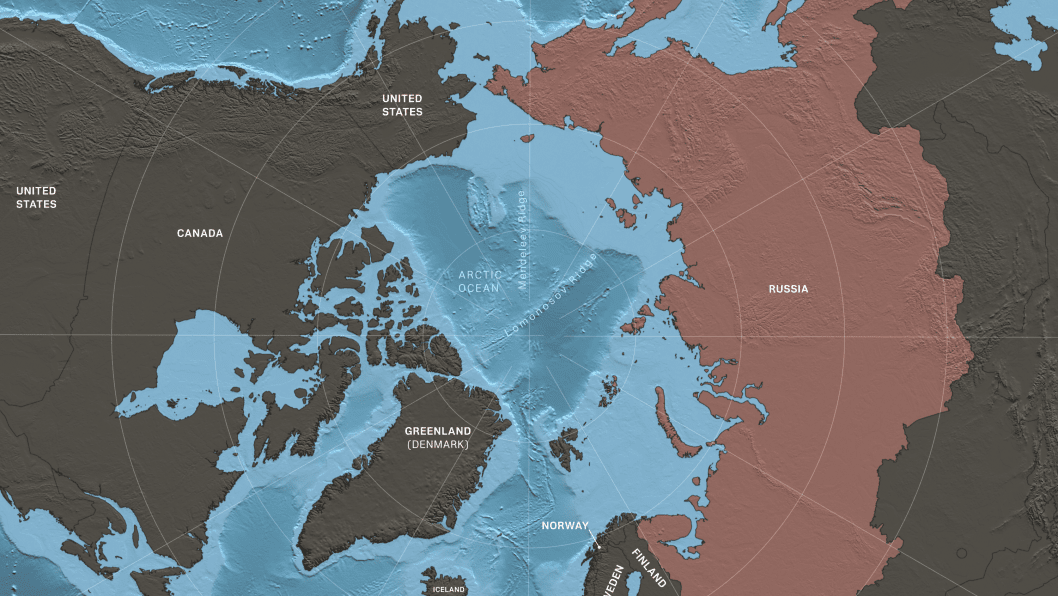The VI International Arctic Forum commenced on March 26 in Murmansk, a city located in the Russian Arctic. The two-day event has gathered experts and leaders to discuss a range of issues critical to the Arctic region, including the extraction and processing of natural resources, the development of the Northern Sea Route (NSR) , energy solutions, logistics, and urban modernization.
The forum is traditionally a platform to explore the socio-economic challenges of Arctic regions while fostering cooperation to unlock the resource potential of the area.
This year’s discussions are expected to focus significantly on advancing the NSR, particularly in light of the 500th anniversary of its discovery.
Thursday is expected to be a pivotal day at the forum, with Russian leader Vladimir Putin scheduled to participate in the plenary session, joined by high-ranking officials from various sectors.

Organizers have confirmed that representatives from over 200 countries are taking part, although the specific nations involved have not been disclosed due to the current geopolitical climate.
Notably, the forum was once a venue for cooperation between Arctic nations, including the United States, Canada, Denmark, Iceland, Norway, Sweden, and Finland, all members of the Arctic Council. However, the ongoing war against Ukraine and related tensions have altered the dynamics of such international collaborations.
Earlier, on March 26, Sweden unveiled its largest rearmament plan since the Cold War, with plans to raise defense spending to 3.5% of GDP by 2030. The government also pledged to nearly double its support for Ukraine.
-554f0711f15a880af68b2550a739eee4.jpg)




-72b63a4e0c8c475ad81fe3eed3f63729.jpeg)


